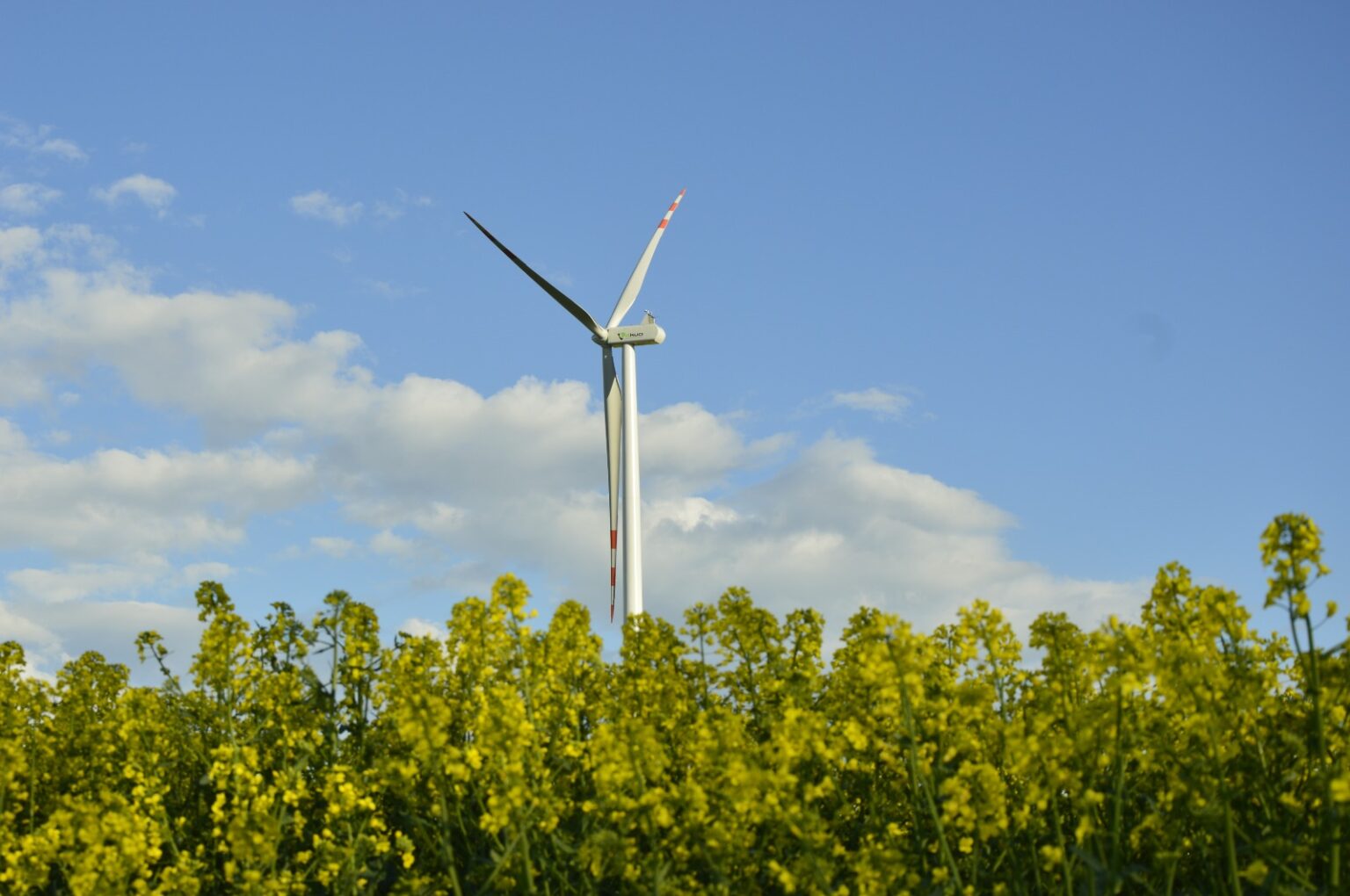Tauron wraps up construction of part of biggest PV farm yet
Providing green energy to the Polish industrial heartland is a key task. On May 16, Tauron completed the installation of solar panels at the PV farm in Mysłowice, proving that the” greening ” of Silesia is possible.
On Tuesday Tauron has reported that it had installed all PV panels as part of the first stage of construction of Poland’s biggest PV farm. The installation is being built in Mysłowice (Silesia) on a post-industrial plot. The target capacity of the installation is approx. 100 MW, during the year it is expected to produce more than 105 thousand MWh of electricity. This will decrease carbon emissions by 80 thousand tons in comparison to generation from regular coal-fired plants.
It is worth mentioning that 82.5 thousand panels were placed at the recultivated furnace waste site in Mysłowice as part of the first stage of construction. The total area is 16 hectares big, which corresponds to the size of 22 football fields.
Construction began in 2022 and the plant will be operational later this year.
Investments in renewable energy are one of the main objectives of the strategy announced by Tauron called The Green Turn. According to its assumptions, by 2025 Tauron is to increase the installed capacity in photovoltaic power plants to 700 MW, and in 2030 to have twice as much.
In 2025, the Group plans to have 1.6 GW installed in wind, photovoltaic and hydropower plants, and in 2030, 3.7 GW, or approx. 80% of the production mix.
Polish Press Agency / Jacek Perzyński
Will the Holy Grail of power storage join forces with Poland’s NPP?
Americans are planning to build geothermal energy storage facilities. They will start in Bulgaria, but perhaps they will end up in Poland as well, where they are supposed to build a nuclear power plant thus providing the so-called Holy Grail of energy.
Westinghouse signed a memorandum of understanding with the Bulgarian Energy Holding on the construction of a geothermal energy storage facility with a capacity of 2 GW. The U.S. National Plan for Reconstruction and Resilience provides funding for such projects.
Westinghouse was to develop geothermal energy storage technology in partnership with Echogen Power Systems. Bulgarians are hoping for the American solution, because storing energy for longer will allow them to meet the challenges of developing renewable energy that works irregularly. The Americans do not disclose how their technology works, but online one can find descriptions of the flow of oil between heated concrete slabs to collect heat, which is then used to generate energy.
Westinghouse is also a partner of the Polish Nuclear Program and is expected to provide the AP1000 technology. Poland, like Bulgaria, is increasing the participation of renewables in the electricity system. However, renwables depend on the weather. Energy storage would allow accumulating the energy surplus from these sources and releasing it to avoid gaps in the system. For this reason, they are called the „Holy Grail of energy”, still sought after by scientists who have not yet developed a marketable large-scale energy storage technology.
Energy Storage News / Wojciech Jakóbik









